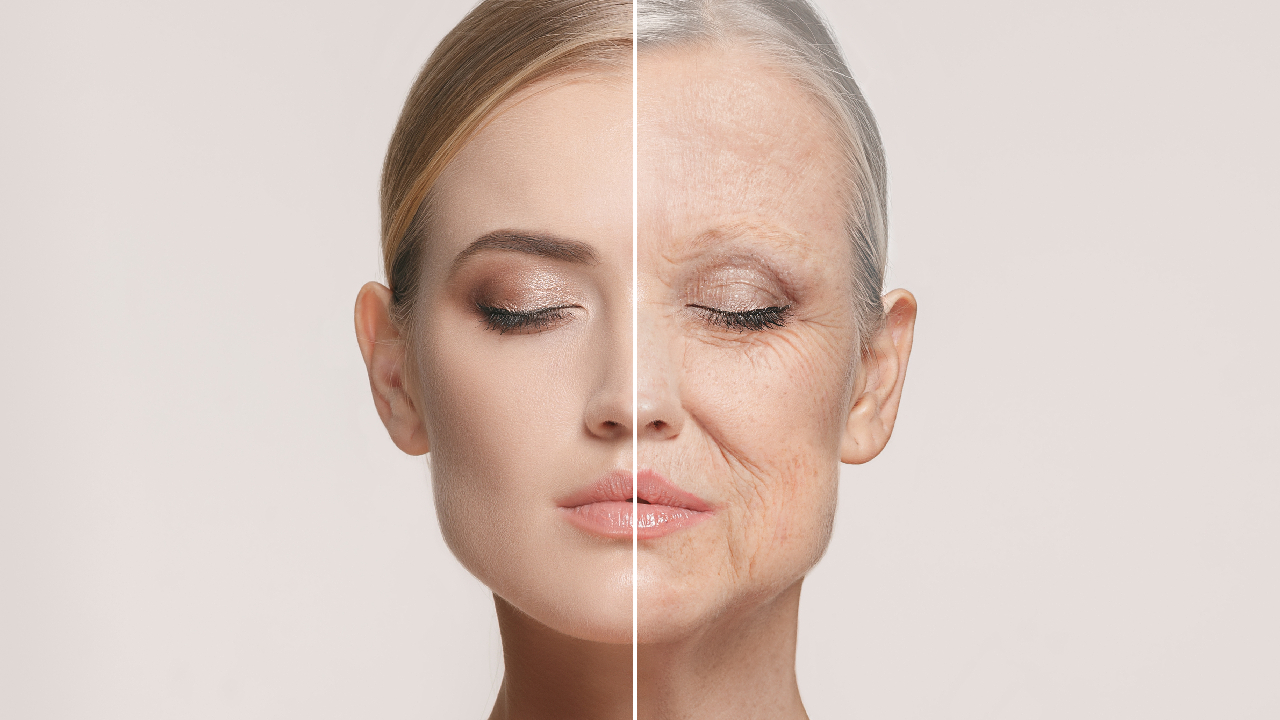Why difficult childhood experiences could make you age prematurely

We know that comparatively disadvantaged people, even in rich countries, have worse health and shorter life expectancy than others. But what is it exactly about socioeconomic disadvantage and other environmental difficulties that affects our biology? And at what age are we most vulnerable to these effects?
While it is unclear exactly how the social environment influences a person’s biology at the molecular level, processes related to ageing are likely to be involved. One such process is DNA methylation, a mechanism used by cells to control gene expression. Specifically, it determines whether and when a gene is turned on, turned off or dialled up or down. Now a new study, published in the American Journal of Epidemiology, suggests that this process may be affected by circumstances in our youth – ultimately affecting how we age.
All cells in the human body – from blood and skin cells to neurons – share the same genetic code. So how are they so different? The answer lies in gene expression: which of the many thousands of genes in each human cell are switched on, to what extent, and at which stage in the cell’s development.
This varies not just between cell types but between people, helping to explain why identical twins can be visibly different. Physically, DNA methylation involves modification of “letters” of the genetic code by addition or removal of a methyl group – affecting how much the gene is expressed. Because the distribution of methyl groups along the genome changes in systematic ways with ageing, you can estimate a person’s age from DNA methylation patterns in cells from a blood sample by applying an algorithm.
This measure of “biological age” is relevant to longevity – individuals with an “older” DNA methylation age are at greater risk of age-related disease and mortality. Meanwhile, it seems environmental influences may alter or “accelerate” age-related changes in methylation: associations have been shown between DNA methylation age and stress, dietary factors and pollution. This suggests DNA methylation age may be one pathway by which the social environment can affect health.
New data
Data was used from 1099 adults in the UK to look at whether different dimensions of socioeconomic disadvantage were linked to elevated DNA methylation age, calculated in two ways. When blood samples were collected, the survey had already collected annual information on the same people’s socioeconomic circumstances for 12 years. This meant the study was able to consider current and longer-term measures of things like income, employment status and educational qualifications. Crucially, this data also included information about the occupational social class of an individual’s parents when they were 14.
The research discovered that only the last measure showed a clear link with DNA methylation age. Individuals whose parents worked in semi routine or routine occupations were about one year “older” than individuals whose parents worked in managerial or professional roles. Individuals who did not have working parents, or had parents who had died, fared still worse: they were 2.4 or 1.85 years older depending on the algorithm used. The calculations did take account of other relevant factors including smoking, body mass index and the actual age of the study participants.
These results suggest DNA methylation age is an aspect of a person’s biology which is vulnerable to influences early in life, but surprisingly robust when it comes to difficulties experienced in adulthood. The next question is which aspects of the childhood socioeconomic environment are most relevant. Is it financial strain, housing quality or diet? Equally important will be to figure out which factors could provide resilience to these effects, potentially buffering children from a lasting impact of disadvantage on DNA methylation age.
Of course, the results will need to be replicated, and since DNA methylation age was only measured once, the survey could not definitively prove cause and effect. But the results add to extensive evidence that early life circumstances can cast a long shadow on adult health. Perhaps most importantly, this strengthens the case for making sure all children are fully supported.
Written by Amanda Hughes and Meena Kumari. Republished with permission of theconversation.com.
Image credit: Shutterstock
